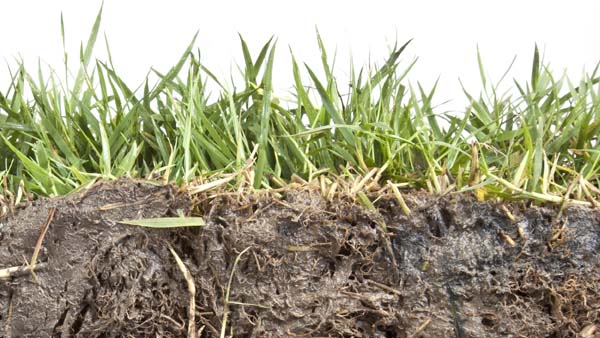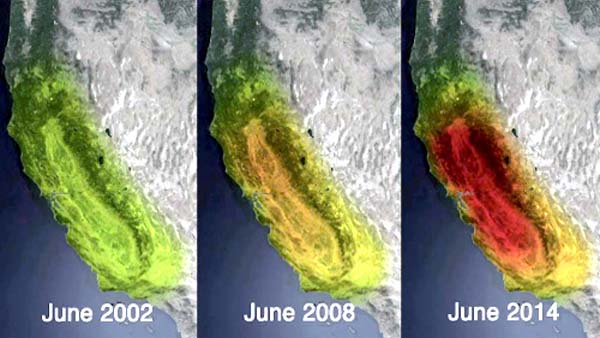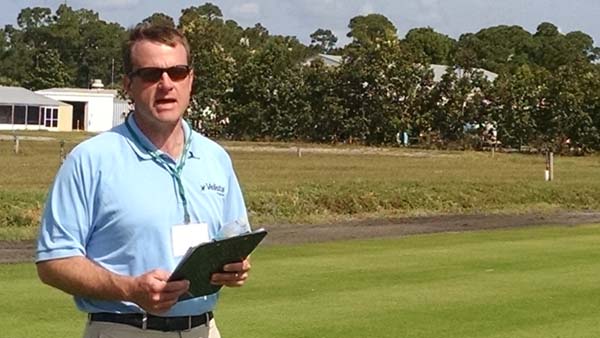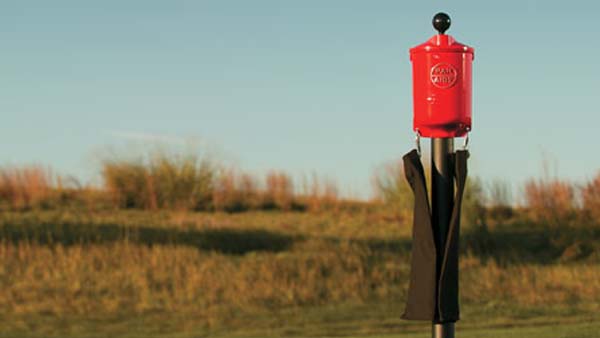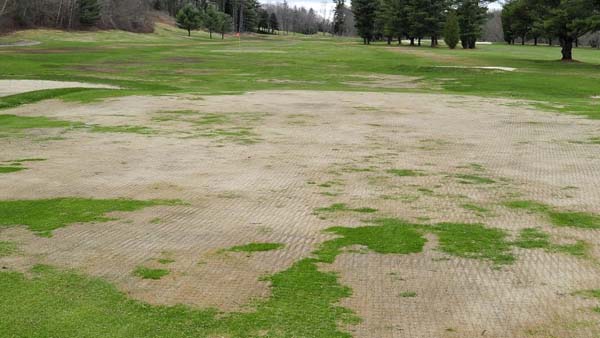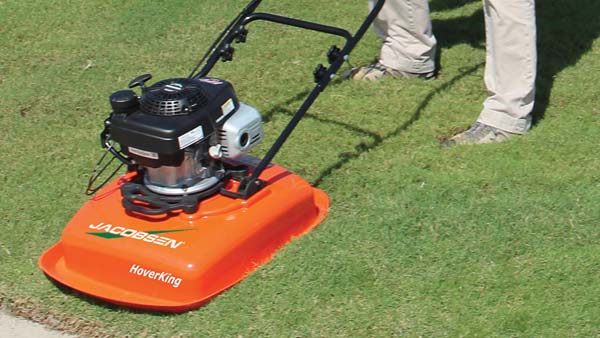
We're going to the dogs
By John Reitman, in News,

Nominate your canine friend for a place in the next TurfNet Superintendent's Best Friend Calendar, presented again for 2016 by Syngenta.
Some tips to improve your chances of winning:
Shoot at your camera's highest resolution setting. Images should be taken in a horizontal format; we can't use vertical photos. Get down to the dog's level; don't shoot down at them from a standing position. Fill the frame with the dog as much as possible, but try not to center your dog in the frame. Left or right orientation often can result in a more dramatic photograph. Avoid clutter and distracting backgrounds. A scenic course background is fine as long as the dog is featured prominently. All dogs must belong to the course or to a course employee and spends significant time there. Submit your best photo; multiple entries are discouraged.
A panel of judges will select the 14 dogs for the calendar, including the cover and December 2015. To nominate your dog, email HIGH-RESOLUTION photos to Anna Murray at amurray@turfnet.com and be sure to include the dog's name, age and breed; photographer's name; owner's name, phone number, email address; and the name of the golf course where the owner and dog both work. Or, submit photos using our online submission form. Deadline for nominations is July 31.
- Read more...
- 1,611 views

